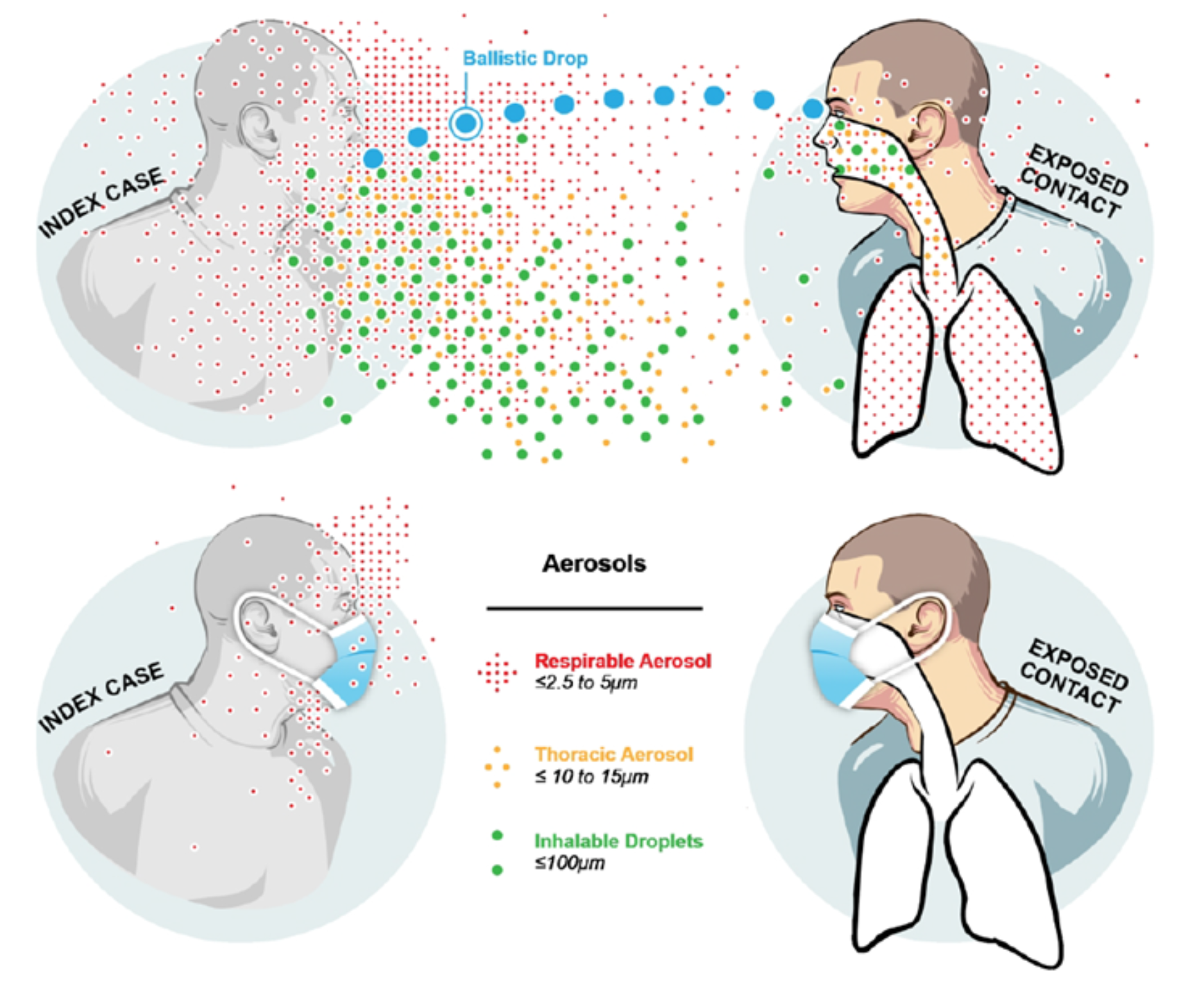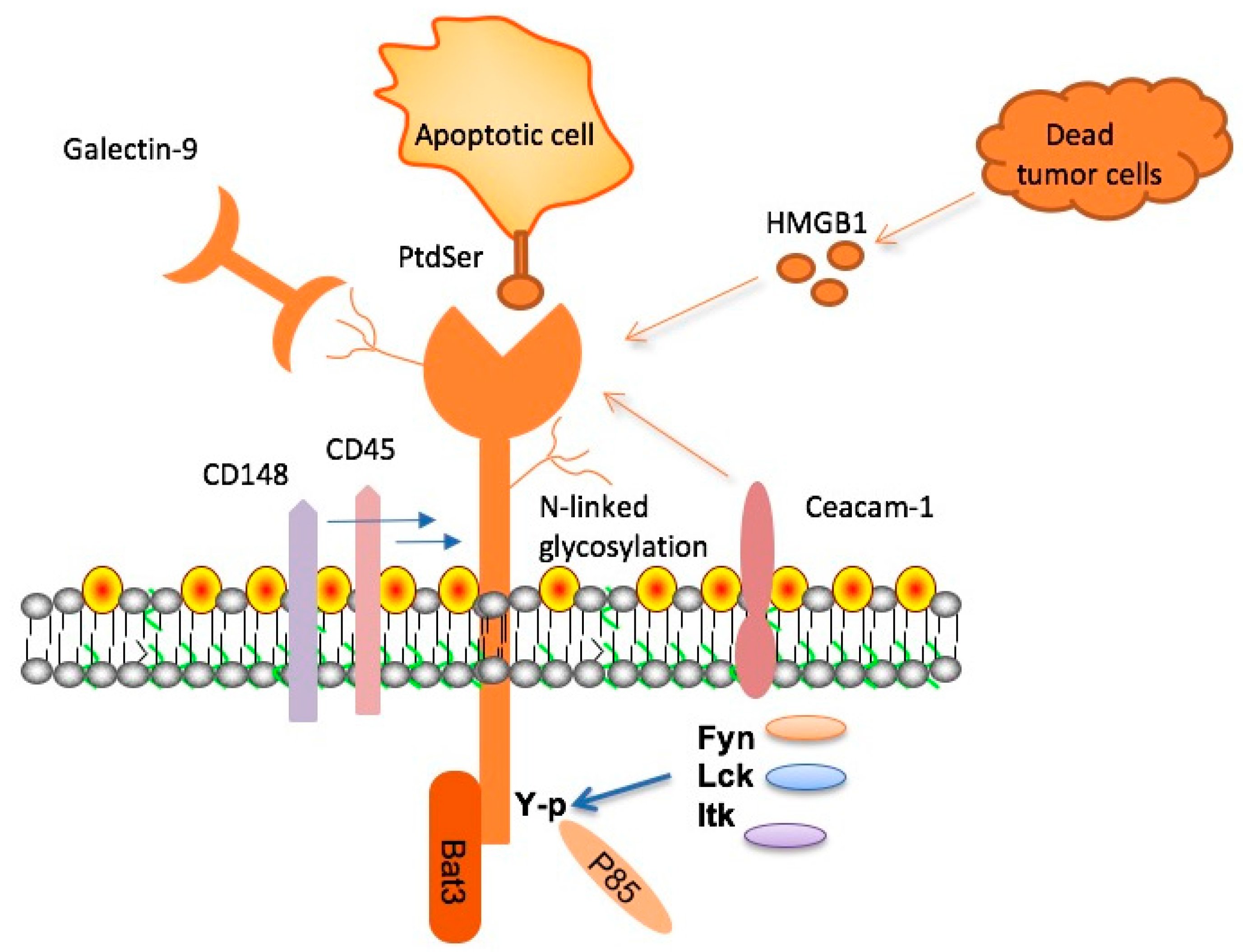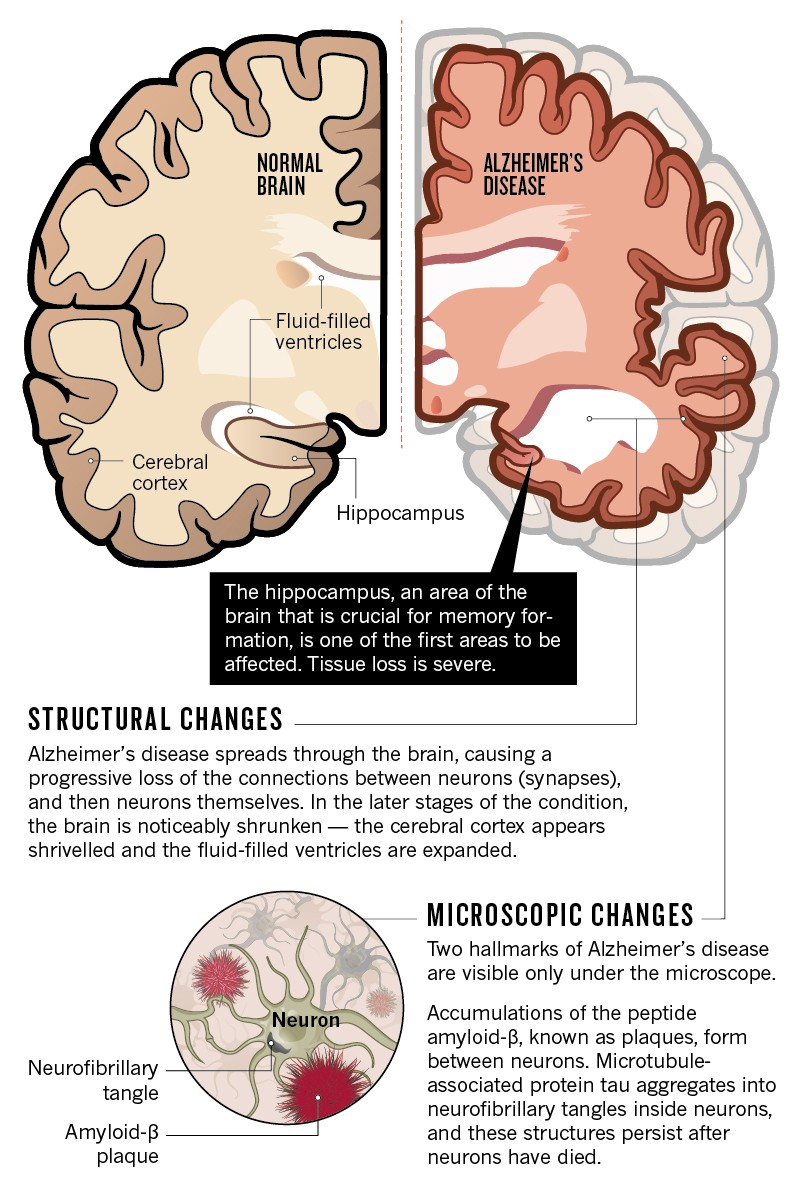Airborne disease control is an essential aspect of public health, particularly in the modern world where pathogens can rapidly circulate in the air we breathe. Pioneers like William Firth Wells laid the groundwork by demonstrating how airborne pathogens can lead to widespread illness, yet the conversation around such pivotal discoveries has often been overshadowed. In a recent discussion, Carl Zimmer delved into these historical narratives while highlighting the challenges faced by researchers in gaining acceptance for their innovative ideas. This underscores the importance of effective strategies, such as UV light disinfection, which have emerged as vital tools in mitigating the risks posed by airborne diseases. As we move forward, understanding the dynamics of airborne diseases will be crucial in crafting effective interventions and fostering a healthier society.
The management of respiratory infections transmitted through the air, commonly referred to as airborne disease control, plays a critical role in safeguarding public health. This intricate field encompasses the study and mitigation of airborne pathogens, highlighting the necessity for advanced techniques and awareness. Historically, research has revealed the significant contribution of early scientists in recognizing the risks associated with aerosolized diseases, yet misconceptions still linger. Modern methods, including the application of ultraviolet light to cleanse spaces, showcase the evolution of our approach to combating infections. Emphasizing the need for continuous innovation and education, it is vital for researchers and the public to remain informed about the impact of airborne contaminants on health.
The Legacy of William Firth Wells in Airborne Disease Control
William Firth Wells may not be a household name, but his pioneering work in understanding airborne diseases laid the groundwork for modern airborne disease control strategies. Wells’s research on the transmission of pathogens through the air, particularly his experiments with sneezing powder in the 1930s, revealed crucial insights into how diseases could spread outside traditional vectors associated with food and water. His findings demonstrated that human exhalations could disperse harmful microbes, challenging previously held beliefs about disease transmission that focused primarily on direct physical contact or contaminated resources.
Despite his critical contributions, Wells faced significant barriers in gaining recognition for his work. The lack of support and validation from his peers, combined with a personal demeanor that did not lend itself to popularity, made it difficult for his revolutionary ideas to gain traction. This highlights a critical lesson in the field of scientific research: the importance of personality and communication in the acceptance of scientific findings. Without a strong advocate for his findings, Wells’s theories regarding airborne disease control stagnated at a time when they could have been invaluable for public health.
The Role of UV Light in Disinfecting Airborne Pathogens
Ultraviolet (UV) light disinfection has emerged as a fundamental approach in controlling airborne pathogens, a concept championed by pioneers like Wells. His exploration into using UV light to eradicate viruses and bacteria in the air marked a significant advancement in understanding how to mitigate the risk of airborne diseases in various settings. Today, UV light systems are widely implemented in hospitals, schools, and public transportation to create safer environments by reducing the concentration of viruses and bacteria in the air we breathe.
Research has shown that UV-C light, in particular, can effectively kill up to 99.9% of pathogens in the air, making it a powerful tool against the spread of diseases, especially in closed environments. As public awareness of airborne disease transmission grows, the need for innovative disinfection solutions like UV light is becoming more central to infection control strategies. In light of contemporary challenges, including the COVID-19 pandemic, the contributions made by Wells have gained renewed attention, underscoring the importance of integrating historical insights with modern technology in managing airborne disease risks.
Challenges in Public Health Messaging about Airborne Diseases
Carl Zimmer’s insights into the historical context of airborne disease control reveal the persistent challenges in effectively communicating scientific findings to the public. The stigma surrounding certain diseases, coupled with misconceptions about modes of transmission, can hinder public understanding and lead to poor health outcomes. This emphasizes the need for clear, consistent messaging that contextualizes the importance of recognizing airborne pathogens as significant public health threats.
Moreover, the historical resistance to accepting the role of air in disease transmission, as demonstrated by the dismissive attitudes towards Wells’s research, continues to influence today’s public health policies. To improve societal awareness and response to airborne diseases, it is essential to promote education campaigns that transparently discuss the science behind airborne pathogens and the preventive measures available, such as the use of UV light disinfection and regular air quality assessments. By doing so, we can foster a more informed public, better prepared to embrace scientific advancements in disease prevention.
The Evolution of Scientific Understanding of Airborne Pathogens
The journey towards understanding airborne pathogens has been fraught with scientific debate and evolving theories. Beginning with Hippocrates’ early musings on miasmas, the concept of air as a medium for disease took centuries to gain acceptance. Influential figures like Gottfried Ehrenberg and Louis Pasteur expanded our knowledge of microbial life, yet the notion that invisible agents could spread disease through air remained underexplored. This delay inhibited the formal integration of airborne disease control strategies within public health practices until much later.
As the scientific community progressively recognized the role of airborne pathogens, new research methodologies emerged, allowing for innovative experiments like those conducted by William Firth Wells. His work, combined with modern studies, has helped to solidify the understanding of how respiratory viruses can be transmitted through the air, necessitating robust airborne disease control measures in various sectors. This evolution underscores the importance of adaptive scientific inquiry and the need for continual education on the complexities of airborne transmission.
Implications of Airborne Diseases in Public Health Policies
Understanding airborne diseases has profound implications for public health policies worldwide. As cities and populations grow, the risk of pathogen transmission increases in densely populated areas. Policymakers must prioritize research into airborne disease control techniques, based on the foundational work of researchers like Wells, to safeguard public health against future outbreaks. Incorporating measures such as improved ventilation systems and UV light disinfection in public spaces can significantly reduce the risks associated with airborne pathogens.
The recent COVID-19 pandemic has illustrated the urgent need for proactive policies surrounding airborne disease control. Governments must adapt guidelines to reflect the latest understanding of how airborne pathogens spread, which includes optimizing air filtration systems in public transportation and educational institutions. As new pathogens emerge, it is critical that public health responses are informed by historical research and contemporary science to effectively address the unpredictable nature of airborne diseases.
The Role of Historical Context in Modern Science
The narrative surrounding William Firth Wells serves as a reminder of how historical contexts shape scientific progress. While Wells’s contributions to the understanding of airborne pathogens were groundbreaking, his struggles with recognition highlight the often tumultuous relationship between scientific discovery and public perception. Historical scrutiny of scientific figures can enhance our understanding of the dynamics at play in the acceptance of new ideas, particularly in disciplines such as epidemiology.
Moreover, examining the past challenges in airborne disease research can inform current scientific practices and communication strategies. As Carl Zimmer suggests, understanding the societal barriers that researchers like Wells faced can empower modern scientists to tackle similar issues. Promoting collaboration and clear communication within the scientific community and towards the public is essential for expediting the acceptance and implementation of critical health measures related to airborne diseases.
Public Interest and Support for Airborne Disease Research
Public engagement plays a crucial role in sustaining research efforts in airborne disease control. Given the significance of understanding airborne pathogens in mitigating health risks, it is essential for the public to stay informed and supportive of ongoing research initiatives. Active participation from the community can lead to increased funding and collaborative efforts in advancing disinfection technologies, awareness campaigns, and health education programs.
Moreover, public interest can fuel policy changes aimed at improving health safeguarding measures. When citizens recognize the relevance of research on airborne pathogens, they become more likely to advocate for the implementation of effective controls such as air purification systems in schools and workplaces. Encouraging a culture of curiosity and awareness about airborne diseases can lead to enhanced vigilance in preventing outbreaks and a more resilient public health framework.
Innovations in Air Quality Management
In light of increasing awareness surrounding airborne diseases, innovative technologies for air quality management are becoming indispensable. Solutions ranging from advanced filtration systems to integrated UV light disinfection technologies are now being adopted to enhance air quality in both public and private spaces. These innovations not only mitigate the risk of airborne pathogen transmission but also contribute to overall public health by ensuring cleaner and safer air environments.
The advancement of smart technologies equipped with real-time air quality monitoring capabilities is revolutionizing how we approach airborne disease control. Such systems can detect harmful pathogens and adjust air circulation or purification levels automatically, enhancing protective measures against airborne infections. By embracing these innovations, we can significantly bolster our defenses against the spread of diseases that are transmitted through the air, ultimately leading to healthier communities.
The Future of Airborne Disease Control Research
Looking ahead, the future of airborne disease control research relies heavily on interdisciplinary collaboration and technological advancement. As we face new challenges posed by emerging pathogens, researchers must continue to innovate and refine strategies to combat airborne disease transmission. This includes not only studying the behavior of pathogens in various environments but also exploring novel disinfection technologies like UV light, which have shown promise in breaking the cycle of infection.
Furthermore, integrating insights from history, such as those recounted by Carl Zimmer about William Firth Wells, emphasizes the need to learn from past mistakes and successes in the field of airborne disease research. This holistic approach—combining scientific inquiry, historical awareness, and societal engagement—will pave the way for more effective strategies in the fight against airborne pathogens, ultimately promoting public health on a global scale.
Frequently Asked Questions
What role did William Firth Wells play in airborne disease control?
William Firth Wells was a pioneering researcher in airborne disease control who formulated the theory of airborne infection and demonstrated how airborne pathogens could spread diseases. His studies also revealed that ultraviolet light could effectively eradicate these pathogens, addressing public health concerns over airborne transmission.
How did Carl Zimmer contribute to the understanding of airborne diseases?
Carl Zimmer, in his book ‘Air-Borne: The Hidden History of the Life We Breathe,’ explores the historical development of the understanding of airborne diseases, emphasizing the contributions of researchers like William Firth Wells, and discussing how societal perceptions and personal biases can hinder scientific progress in airborne disease control.
What is the significance of UV light disinfection in controlling airborne pathogens?
UV light disinfection is significant in airborne disease control as it has been proven effective in deactivating airborne pathogens. This method contributes to healthier indoor environments by minimizing the risk of disease transmission through the air.
How do airborne pathogens affect public health?
Airborne pathogens are a major public health concern as they can easily be transmitted through respiratory droplets and aerosols, leading to outbreaks of diseases like influenza, tuberculosis, and COVID-19. Effective airborne disease control strategies are crucial in mitigating these health risks.
Why is the history of airborne disease understanding important today?
Understanding the history of airborne diseases helps to inform current public health practices. Learning from past challenges, such as those faced by William Firth Wells, enables recognition of the importance of scientific communication and acceptance in the ongoing efforts to control airborne diseases effectively.
What challenges did William Firth Wells face in his research on airborne diseases?
William Firth Wells faced significant challenges in his research on airborne diseases, including a lack of acceptance for his findings due to his personality and conflicts within the academic environment. His innovative work on airborne pathogens and UV light disinfection was frequently overshadowed by personal conflicts that hampered recognition of his contributions to airborne disease control.
| Key Points | Description |
|---|---|
| Historical Context | Theories of airborne disease have evolved over centuries, starting from Hippocrates to modern scientists. |
| William Firth Wells | His research in the 1930s demonstrated that microbes could be spread through the air. |
| Scientific Challenges | Wells faced personal and professional challenges that diminished his recognition despite significant findings. |
| Public Perception | Societal tendencies to dismiss air as a vector for disease hindered research acceptance. |
| Current Implications | Understanding of airborne diseases is crucial for controlling outbreaks, but challenges remain. |
Summary
Airborne disease control is a critical aspect of public health that has been historically misunderstood and undervalued. Carl Zimmer’s insights into the contributions of William Firth Wells highlight the importance of personality and communication in the acceptance of scientific research. As we continue to face airborne pathogens, it is essential to recognize the lessons from the past and promote effective research in airborne disease control to ensure better health outcomes.



